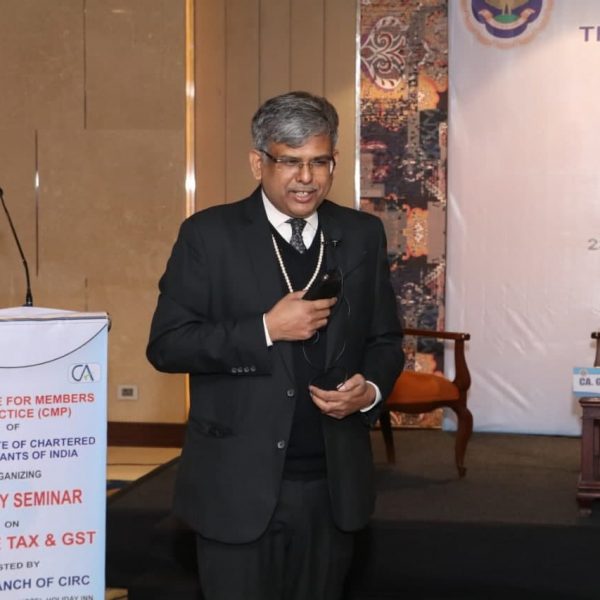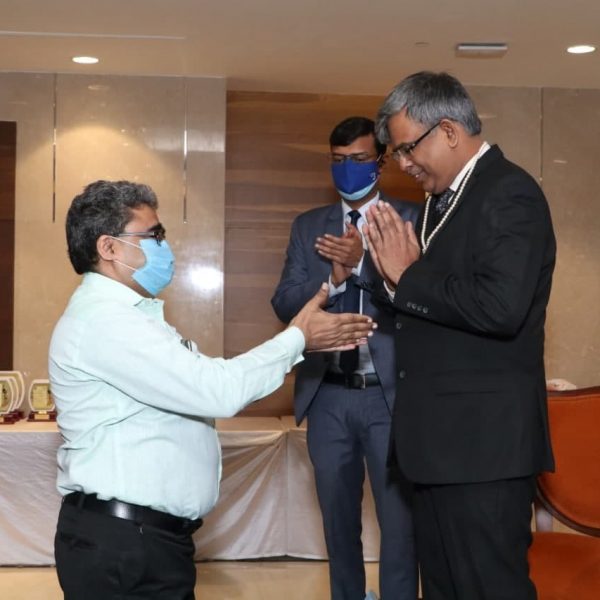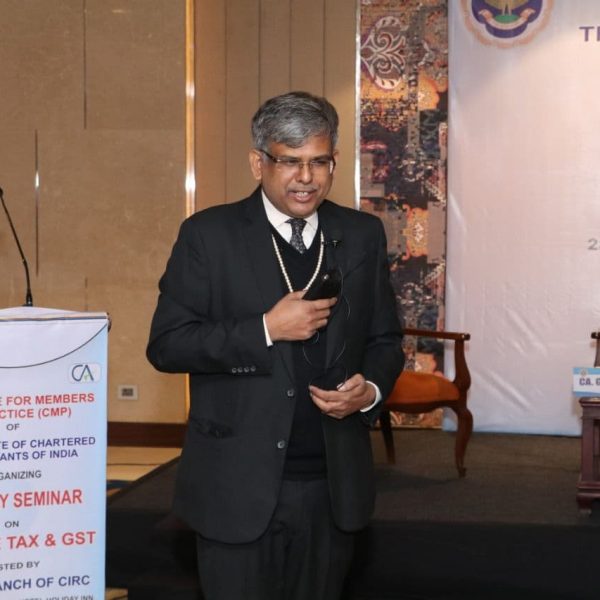Meaning of the writ of habeas corpus
The term habeas corpus is the Latin word that means to bring or present the body before the court. It is the most important right available to the person detained unlawfully. The basic purpose for which this writ is used is to release a person from unlawful detention or imprisonment. This writ is of great importance as it determines a person his right to freedom and personal liberty. The writ of habeas corpus is the legal remedy available for the person who is illegally detained.
Example: Mr. A has been taken into custody by B a police officer of Delhi without a valid warrant. All the efforts made by A’s family to know the whereabouts of A turned out to be futile. As he was detained wrongfully by B (police officer), the writ of habeas corpus can be filed in the high court or supreme court by A’s family on his behalf.
The objective of the writs of habeas corpus
The concept of habeas corpus can be traced way back to the 13th century. The writ of Habeas corpus cum causa is an order calling upon the person who has detained another person, to present the person in the court and justify his actions and grounds on which, the authority under which he has been confined. If the high court or supreme doesn’t find any legal justifications for the cause of arrest or detention, then it will order the immediate release of the person confined or imprisoned.
Who may apply for the writ of habeas corpus?
- The person confined or detained illegally. i.e detenue himself
- If he is not in a position to do so, another person on his behalf who is familiar with the facts and circumstances of the case can willingly files an application for the writ of habeas corpus under article 32 and 226 of the Indian constitution. Unlike other writs where only the person whose Fundamental Rights were infringed could only approach the court, but in this writ, even another person can approach.
Relaxation from the doctrine of the locus standi:
For the writ of habeas Corpus doctrine of locus standi is not to be complied with, even any other person on behalf of detenu can approach Supreme Court or high court under Article 32 or Article 226. Sheela barse Vs. state of Maharashtra (1983)(SC). In this case letter to the Supreme Court regarding the condition of women prisoners assaulted in lock-up was written by a Human Rights activist. An investigative authority was sent by the court for cross-checking the situation and the allegations made by the plaintiff. It was found that the allegations were correct. It was held that if a person detained or confined can’t file an application for the writ then some other person can file it on his behalf which quashed the locus standi approach.
Writ of habeas corpus during an emergency proclamation
The writ of habeas corpus is maintainable during an emergency proclamation, as after the 44th constitutional amendment in 1978 it was stated that fundamental rights enshrined under articles 20 and 21 cannot be suspended and for the enforcement of these rights, the writ petition can be filed in Supreme Court or High Court. Earlier in the proclamation of emergency under article 359(1) The detailed loses the locus standi to regain his liberty and Supreme Court or High Court loses its jurisdiction to grant relief during the emergency. now articles 20 and 21 are excluded from the list of suspensions during emergencies. After the 44th constitutional amendments, the judgment of Additional District Magistrate Jabalpur Vs. Shivkant Shukla (1976) Supreme Court Nullified.
Against whom the writ of habeas Corpus could be issued?
The writ of habeas Corpus could be issued against the state define under Article 12, if illegally detained by the state such as in police custody illegally. Not only that such writ could be issued even to a private person if somebody was illegally detained. For example, if a child is forcibly detained by a grandfather, a writ could be issued for the release of the child and handed over to the parents.
Condition for the issue of such writ?
Prima facia for illegal detention such a writ could be issued. if a power of detention vested in the authority is exceeded or exercised malafide intention, the detention will be illegal, and the petition of the writ of habeas Corpus maintainable.
Whether detenue production before Court a must?
No, In the case of Kanu Sanyal versus District Magistrate Darjeeling (1973) AIR (Supreme Court), 653, the Honorable Supreme Court made it clear that the production of the body of detenue before the court is not necessary for the hearing and disposal of the petition by the court. rule Nishi could be used.In the instant case, it was held that instead of following the traditional method of producing the body before the court there must be a complete focus on the legality of the detention by looking into the facts and circumstances of the case. This case majorly focused on the nature and scope of the case and stated that this writ is a procedural writ and not a substantive writ.
Writ against illegal confinement
Writ of Habeas Corpus could be issued Against an alleged violation of Liberty granted under Article 21 which is constitutionally mandated that no person shall be deprived of his personal liberty except in accordance with the procedure established by law. it is to be safeguarded at any cost.
When the writ of habeas corpus is refused?
In the following cases, a writ of habeas corpus may be refused:
- When the court doesn’t have territorial jurisdiction over the detainer.
- When the detention of a person is connected with the order of the court.
- When the person detained is already set free.
- When the confinement has been legitimized by the removal of the defects.
- When the competent court dismisses the petition on the grounds of merits.
The doctrine of res judicata & writ of habeas corpus
When it comes to the illegal confinement of a person, the doctrine of res judicata is not applicable. Under Article 32 successive petitions for the writ of habeas corpus can be filed in the court with fresh grounds which were not covered in the earlier petition filed for the same. The petition for habeas corpus is maintainable if it is filed in the forum having its independent existence and separate jurisdiction and competency. In Lallubhai Jogibhai Patel vs Union Of India & Ors (SC) 1980 it was held that no second petition for the writ of habeas corpus is maintainable in the court if filed on the same grounds as the first one. In other words, the petition is maintainable on other grounds not taken earlier.
Alternative remedy Vs. habeas corpus
Even if, an alternative remedy is available, the applicant still has the right of issuing the writ of habeas corpus. It could not be refused on the grounds of the availability of the alternative remedy to the applicant.
Preventive detention
Preventive detention is the confinement or imprisonment of a person in order to prevent him from committing any kind of offence in the future. It does not act as a punishment or penalty imposed upon a person, it’s just a precautionary method. The concept of preventive detention and habeas corpus comes hand in hand. Article 22 of the Indian constitution states the procedure of preventive detention and requires strict adherence to the law. Parliament is authorized to make laws for preventive detention for various reasons connected with it like
- Defence.
- Foreign relations or foreign affairs of the country.
- With the very purpose of providing security to India and its state.
- For the maintenance of public order.
However, such detention may be monitored through judicial review by checking its preconditions.
The burden of proof
The burden of proof lies over the person or the authority who has detained, arrested, or confined to satisfy the court that the detention or confinement of the person was made on legal grounds. If the detenu alleges that the confinement was malicious and outside the jurisdiction of the authority detaining the person.
Territorial jurisdiction
Under Article 32 of the Indian constitution, the supreme court has jurisdiction over all the authorities within and outside the territorial jurisdiction of India. Under Article 226 the high court is empowered to deal with the matter when the high court is having control over that authority and the probable cause of action arises.
Conclusion
The writ of habeas corpus is the most important writ available to a person as it enables him to determine the right to his liberty granted by Article 21 of the COI. It acts as a remedial measure that ensures to set free the detained person from illegal imprisonment. However, it doesn’t absolve any person from his liability. It demands a lawful justification for the detention and protects the person from any kind of ill-treatment and discrimination. It protects us from the tyranny of police and influential people.










